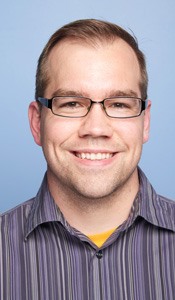Program Information
Investigation Into the Impact of the Linear Accelerator Treatment Table On Skin Dose to Prone Breast Patients
K Pedersen*, J Irwin , P Sansourekidou , S Kriminski , D Pavord , Health Quest, Poughkeepsie, NY
Presentations
SU-F-T-509 (Sunday, July 31, 2016) 3:00 PM - 6:00 PM Room: Exhibit Hall
Purpose: To investigate the impact of the treatment table on skin dose for prone breast patients for which the breast contacts the table and to develop a method to decrease skin dose.
Methods: We used 12cm stack of 15cmx15cm solid water slabs to imitate breast. Calibrated EBT3 radiochromic film was affixed to the bottom of the phantom. Treatments for 32 patients were analyzed to determine typical prone breast beam parameters. Based on the analysis, a field size and a range of gantry angles were chosen for the test beams. Three experimental setups were used. The first represented the patient setup currently used in our clinics with the phantom directly on the table. The second was the skin sparing setup, with a 1.5cm Styrofoam slab between the phantom and the table. The third used a 7.5cm Styrofoam slab to examine the extent of skin sparing potential. The calibration curve was applied to each film to determine dose. Percent difference in dose between the current and skin sparing setups was calculated for each gantry angle and gantry angle pair.
Results: Data showed that beams entering through the table showed a skin dose decrease ranging from 13%-30% with the addition of 7.5cm Styrofoam, while beams exiting through the table showed no significant difference. The addition of 1.5cm Styrofoam resulted in differences ranging from 0.5%-13% with the skin sparing setup.
Conclusion: The results demonstrate that skin in contact with the table receives increased dose from beams entering through the table. By creating separation between the breast and the table with Styrofoam the skin dose can be lowered, but 1.5 cm did not fully mitigate the effect. Further investigation will be performed to identify a clinically practical thickness that maximizes this mitigation.
Contact Email:

